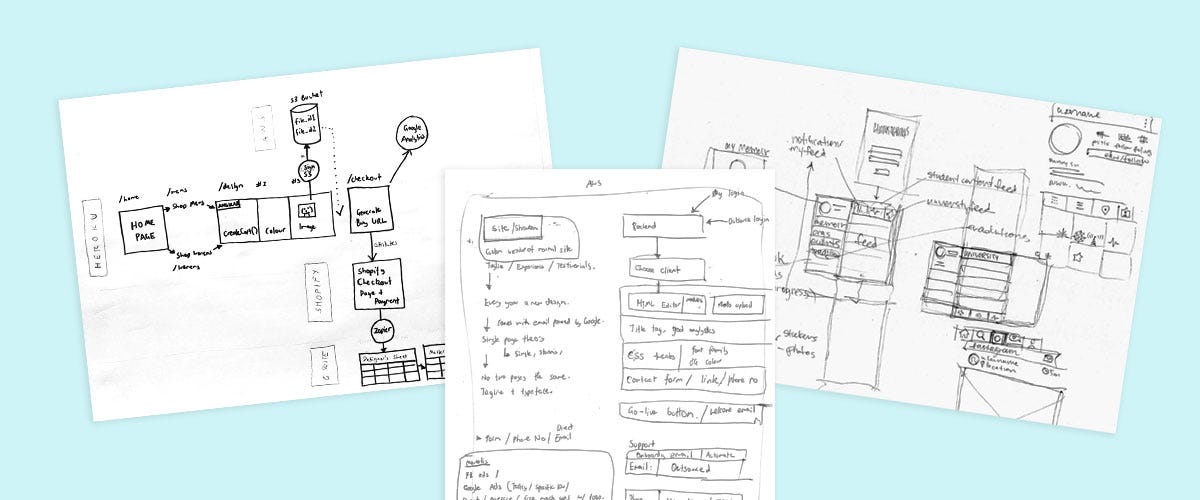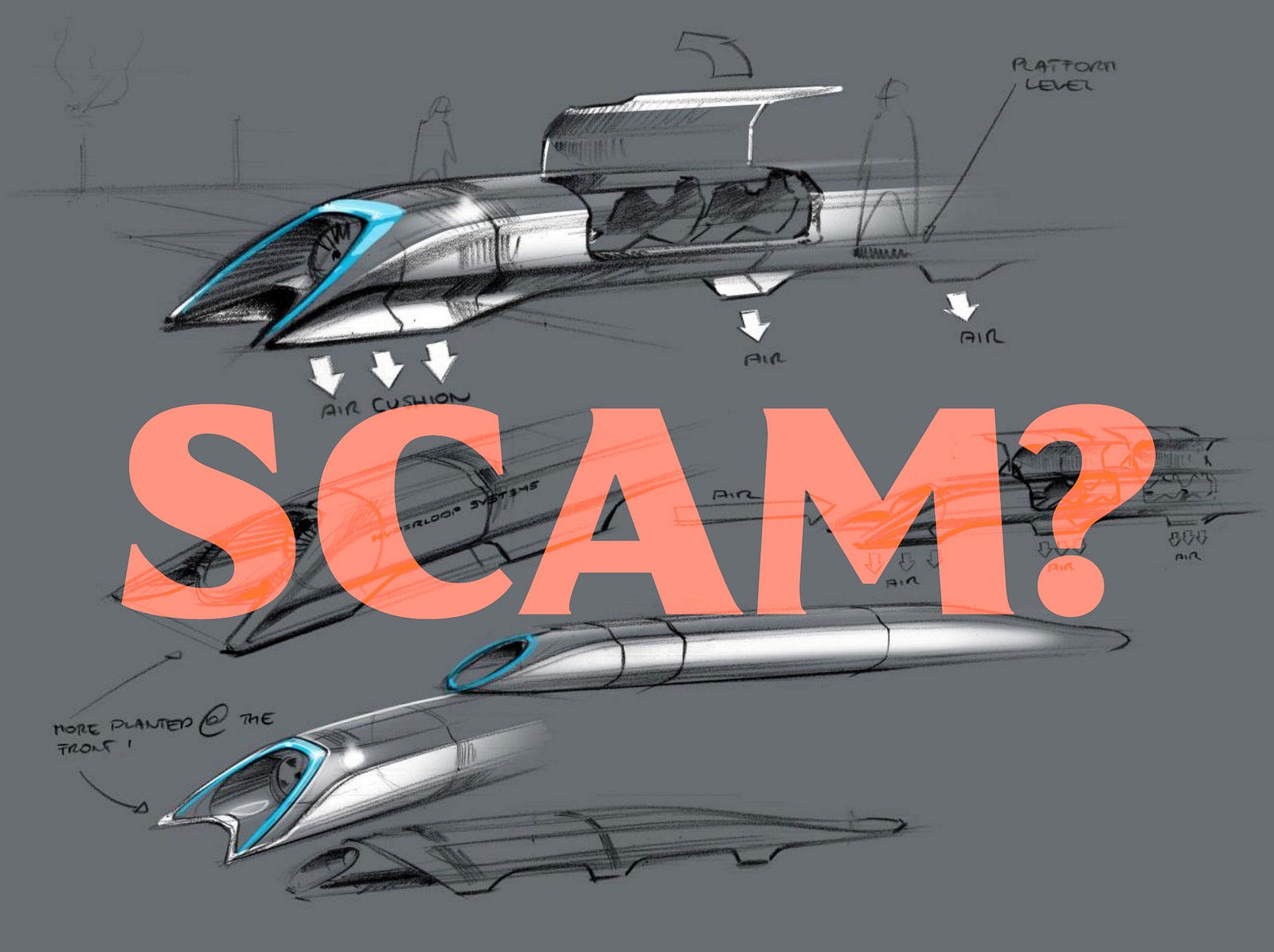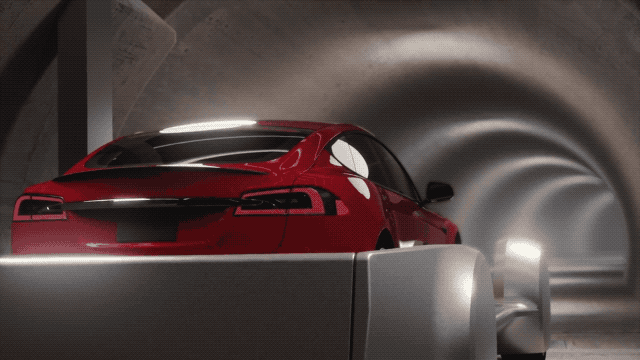Make more scam advertising
The advertising industry has a problem with self-flagellation.
That is, the act of hurting one’s self as part of a religious ritual, and for no logical reason. Think that poor Opus Dei albino fellow in The Da Vinci Code.
We loathe scam advertising, and only value and honour work that gets properly SOLD and properly MADE. These are ideas that have run the gauntlet of client feedback and low production budgets. They come out the end bloodied and bruised. And, quite often, completely different.
But why?
Why should a great idea on paper become a lesser idea because 20 people got their hands on it and wrecked it?

Some ideas need to start on paper. In 2017, we should be more optimistic sharing our amazing ideas that COULD be real tomorrow.
For now, let’s call them theoretical ideas. They’re hiding in your bottom drawer, while we should be sharing them.
These theoretical ideas are more daring
The ideas relegated to the too-hard basket are often the most amazing, because they’re a clear break from a safe reality. For most marketing clients, that’s scary. For everyone else whose job isn’t on the line, that’s exciting.

Elon Musk’s 2013 introduction of the Hyperloop, in scamp form, took the world by storm.
Sure, he had a PR team behind the post to push it out, but that’s not to say someone else couldn’t have done it. It was brilliant futurism, with the enough due-diligence to make sure people didn’t call BS. Sure enough, 4 years later, there are teams from all around the world trying to build the bloody thing. We should be thankful it didn’t rot in Musks bottom drawer.
These ideas are so creative, they’re only possible on paper, or as a mockup.
Theoretical ideas are shareable via the internet (hence great for clients)
The average person on the internet clearly doesn’t care about execution as much as we do. Musk got away with a few mockups (and has done it again, with Neuralink, the computer-brain interface, and The Boring Company).

The companies that are starting to embrace these kinds of ideas are doing it at low (or no) budgets, but getting lots of web traffic.
In the UX / design scene, this kin of scamp work has been going on for years. A designer reimagined Windows in 2012, and shock horror, Microsoft are living up to it in 2017. Microsoft even hired another designer who presented a bold revamp of the Xbox brand.
A step beyond this is when brands themselves get involved with simple videos. The Amazon Prime drone and Amazon Go are simple videos that communicate an idea that’s not real. Even Jaguar got in on the act a few years ago, with an amazing video. In our industry, we’d throw rocks at that for being scammy. My old colleagues at M&C Saatchi Sydney (shout out to Jono and Paul) did Clever Buoy for Optus and it definitely erred on the side of theoretical.
Who cares? They’re creative, genius ideas (and these are just a few of them that survived the gauntlet).
Theoretical ideas are optimistic about the future!
Billionaire tech investor / founder Peter Thiel said it best:
“In philosophy, politics, and business, too, arguing over process has become a way to endlessly defer making concrete plans for a better future.”
In advertising, we argue about what constitutes a legitimate idea without respect the idea itself, and its implications of it down the track. Optimism begets optimism, and the more great ideas that get uncaged and shared today, the faster we can build upon their shoulders tomorrow.
Don’t wait for the client to say yes, or for the awards season to start, or for the right brief.
Everyone, open your bottom drawers and start sharing those scam ads with the world.